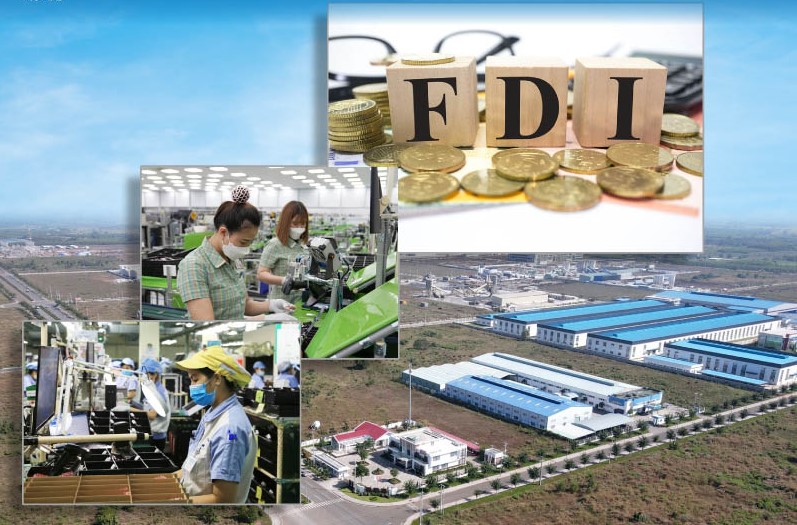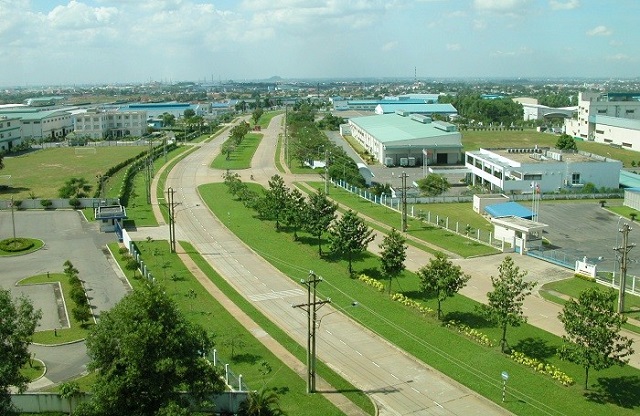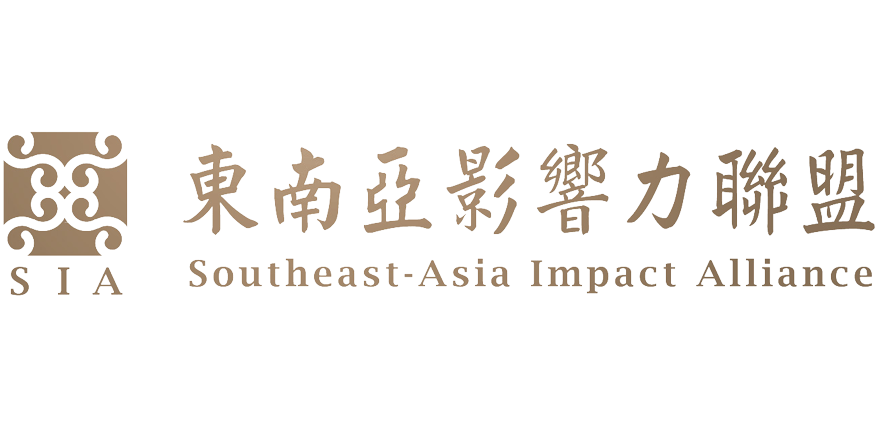The new position of Vietnam on the world investment map
After the Foreign Investment Law was passed by the National Assembly in 1987, the flow of Foreign Direct Investment (FDI) into Vietnam has continuously surged. Over the course of more than 35 years, Vietnam has established its position and become an attractive destination for investors worldwide.

The new position of Vietnam on the world map
From a mere 2 million USD in 1988, Foreign Direct Investment (FDI) flowing into Vietnam has surged to a recorded 524 billion USD by the end of 2022. With over 36,000 active FDI projects, Vietnam has demonstrated its capabilities in attracting and managing foreign investments.
The abundance of FDI capital has bestowed upon Vietnam a new image on the global trade map. The presence of FDI enterprises not only serves as a crucial link but also acts as leverage for Vietnam to deeply engage in the global value chain. This is evident in the fact that the FDI sector consistently leads Vietnam’s exports.
The proportion of FDI in the total export turnover has rapidly increased, from 30% in 1997 – when Vietnam joined ASEAN – to 65% in the 2011-2015 period, and approximately 71% in the 2016-2020 period (according to the Ministry of Planning and Investment).
Furthermore, statistics from the General Department of Customs indicate that the total import-export value of FDI enterprises in 2022 reached 506.83 billion USD, a 9.3% increase compared to 2021. Specifically, the export value of FDI enterprises amounted to 273.63 billion USD, representing an 11.6% increase compared to 2021 and accounting for 73.7% of the country’s total export value.

The new position of Vietnam on the world map
The import value of the FDI sector in 2022 reached USD 233.2 billion, a 6.7% increase compared to 2021, accounting for 65% of the country’s total import value. The trade balance of goods for the FDI sector in 2022 reached a surplus of USD 40.42 billion.
The FDI sector holds a dominant position in the import-export value of Vietnam, showcasing the robust development of FDI enterprises in the S-shaped country and their significant contributions to the Vietnamese economy.
The role of the FDI sector becomes even more crucial, especially in enhancing technological capabilities through technology transfer and management skill transfer to the Vietnamese workforce, fostering technological innovation for domestic enterprises. Consequently, labor productivity and the competitive capacity of Vietnamese businesses are elevated within the global value chain.
One of the major limitations in this journey is the lack of linkage between FDI enterprises and domestic businesses. Vietnamese businesses have yet to fully integrate into the ecosystem and value chain of leading enterprises and FDI companies.
Research conducted by the Institute of Economic and Policy Research (VEPR) has identified that, despite years of actively attracting FDI, Vietnam has mainly formed connections with a limited number of FDI enterprises through vertical linkages, including backward and forward linkages.

Vietnam primarily engages in the lower value-added segments of the global value chain, often relying on low-skilled labor and low technical requirements. Many domestic enterprises fall short of meeting the criteria to become suppliers for FDI companies.
In FDI projects, joint ventures with domestic enterprises account for only 13%, with the rest being wholly foreign-owned enterprises, clearly indicating that businesses are yet to soar to the level of becoming major players in the global landscape.
To both attract and foster stronger connections between Vietnamese businesses and FDI enterprises, attention needs to be given to enhancing competitiveness and labor productivity for domestic enterprises, emphasizing the establishment of regional linkages. Establishing connections between regions is becoming a crucial measure to stimulate the development of industrial clusters, opening new opportunities for Vietnam’s economic growth.
Next is the push for advanced technology transfer. In this regard, the government needs to refine legal documents and policies related to investment, advanced technology transfer, environmentally friendly practices, and sustainable development. On the part of businesses, proactively seeking opportunities for technology transfer from FDI enterprises, including licensing agreements, inventions, or trade secrets, is essential.
Finally, there is a need to focus on refining support policies to promote export growth while connecting production and supply between domestic enterprises and foreign ones.
Source: Thuong hieu va Cong luan | Link
Visit our service | Link



